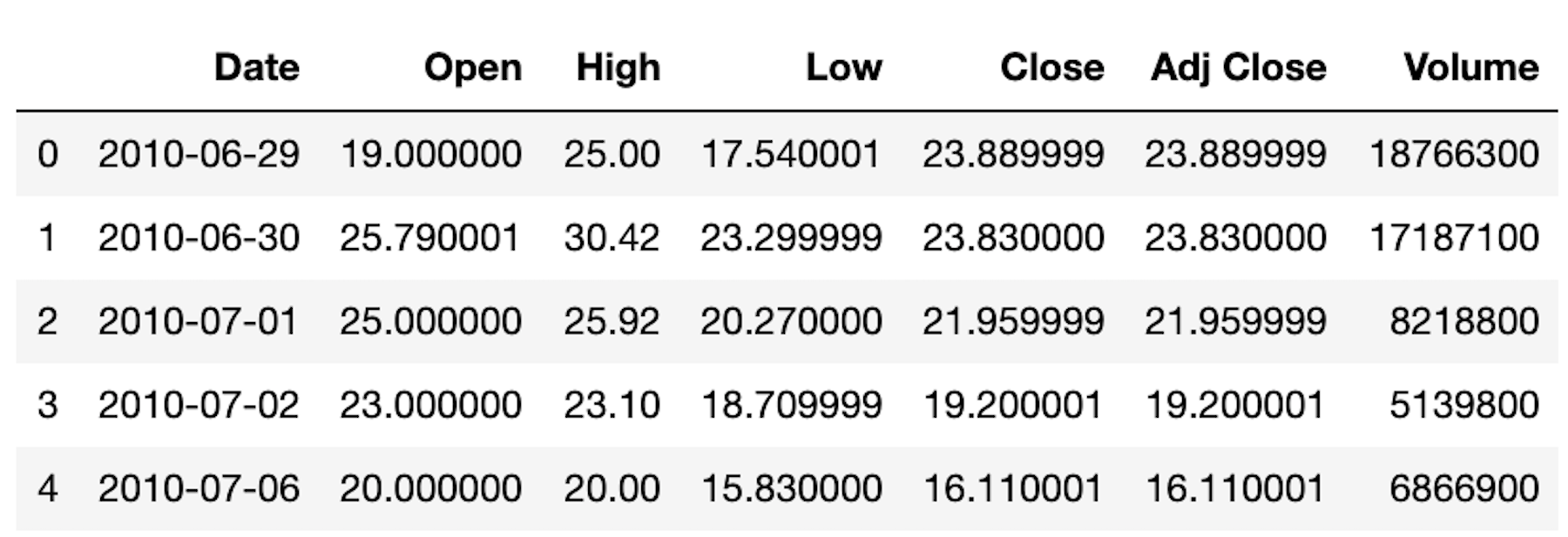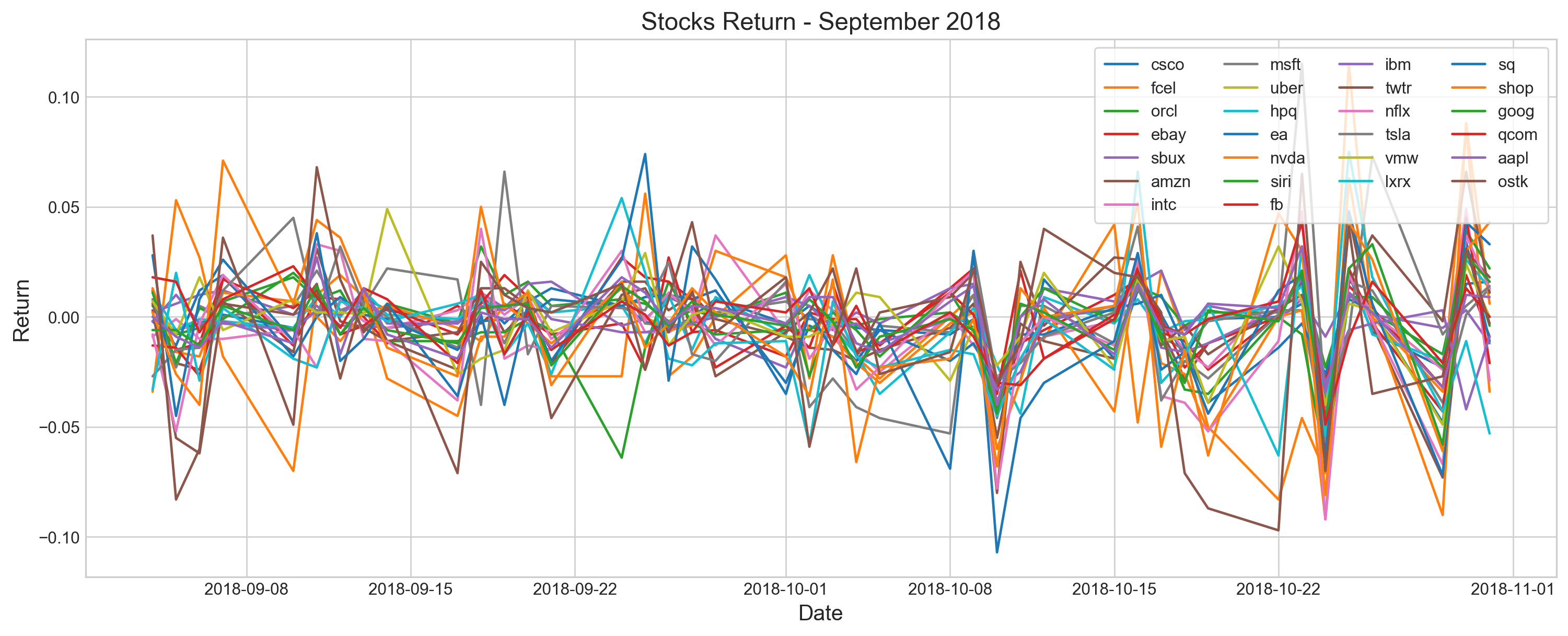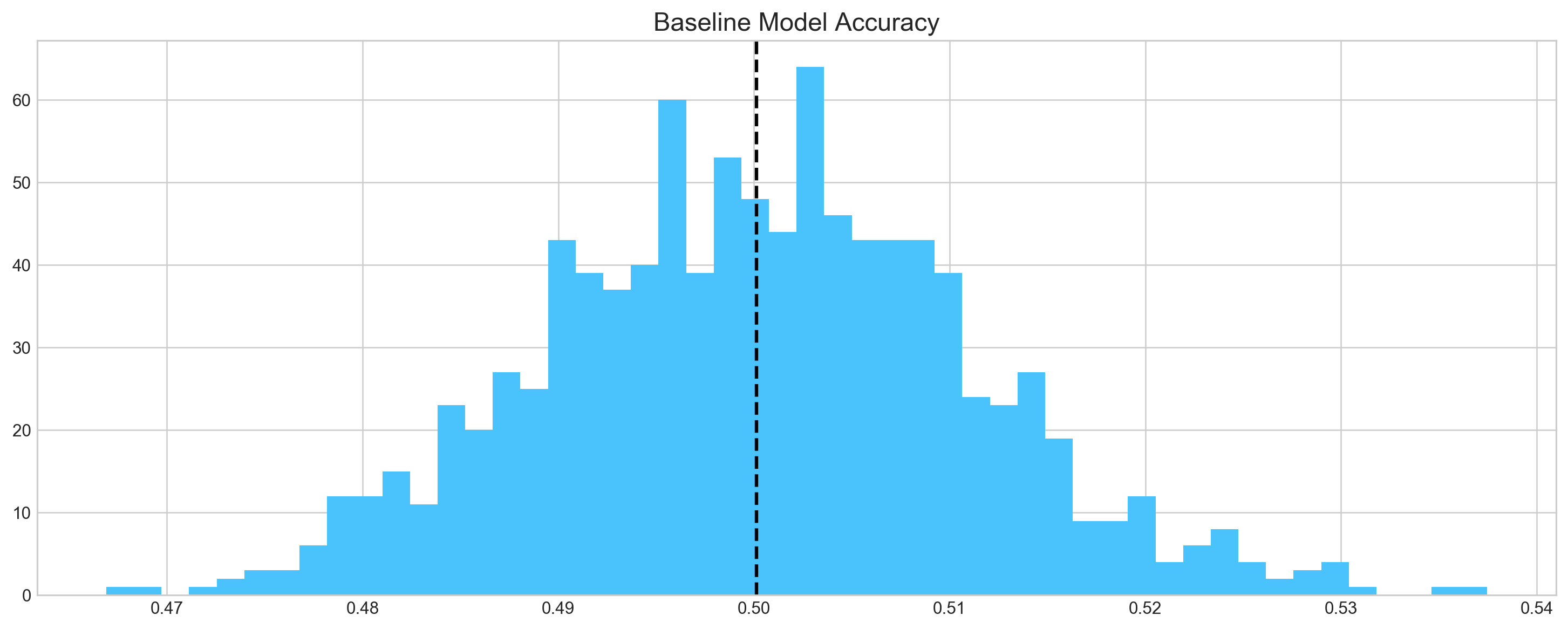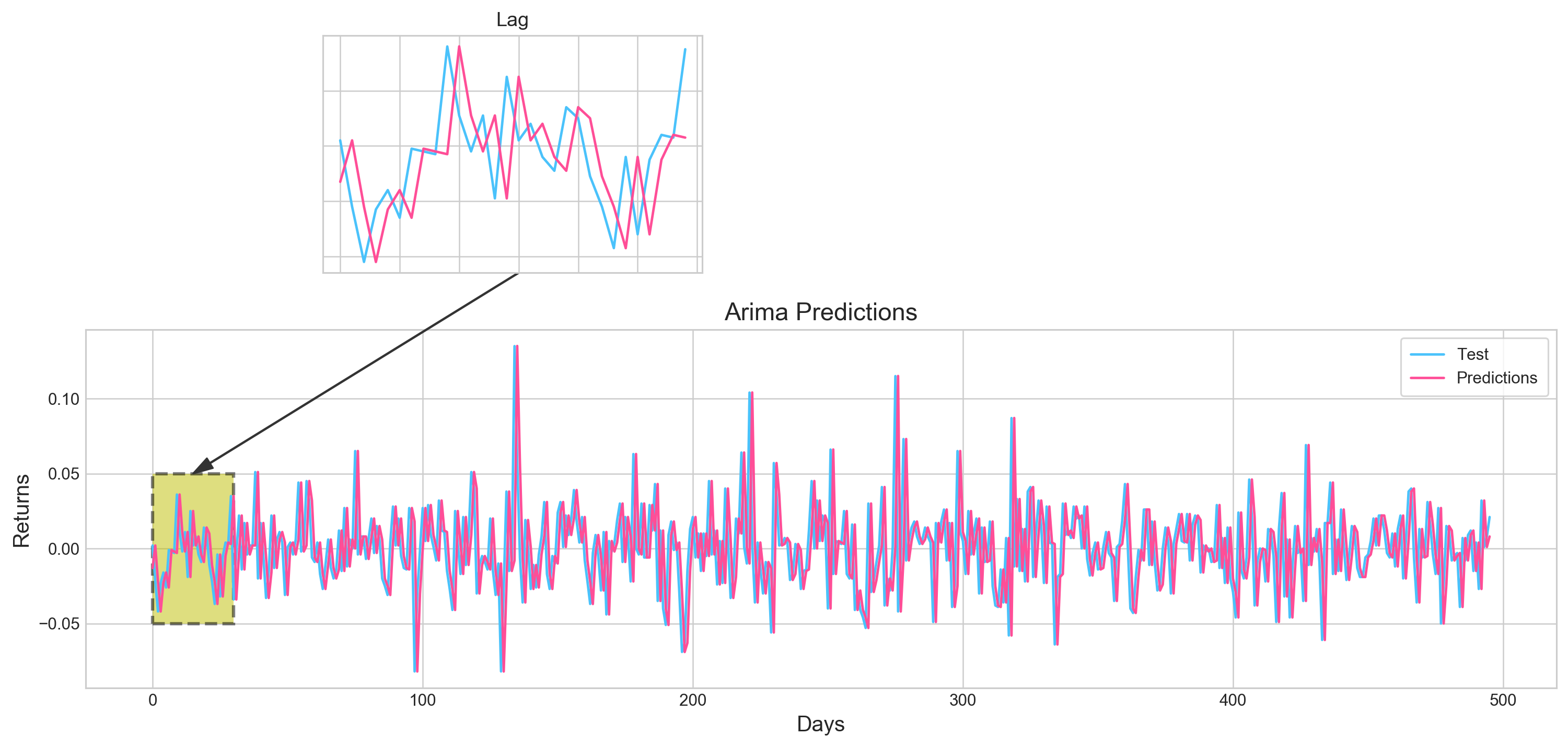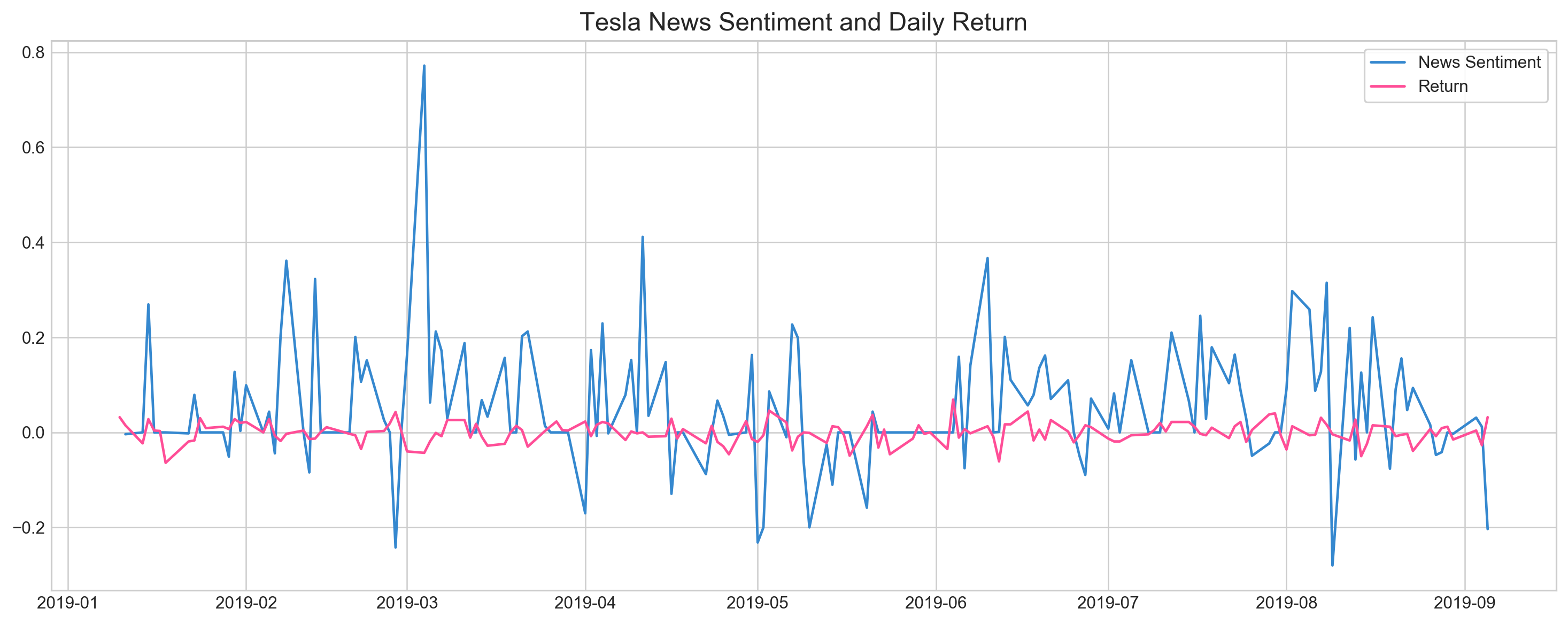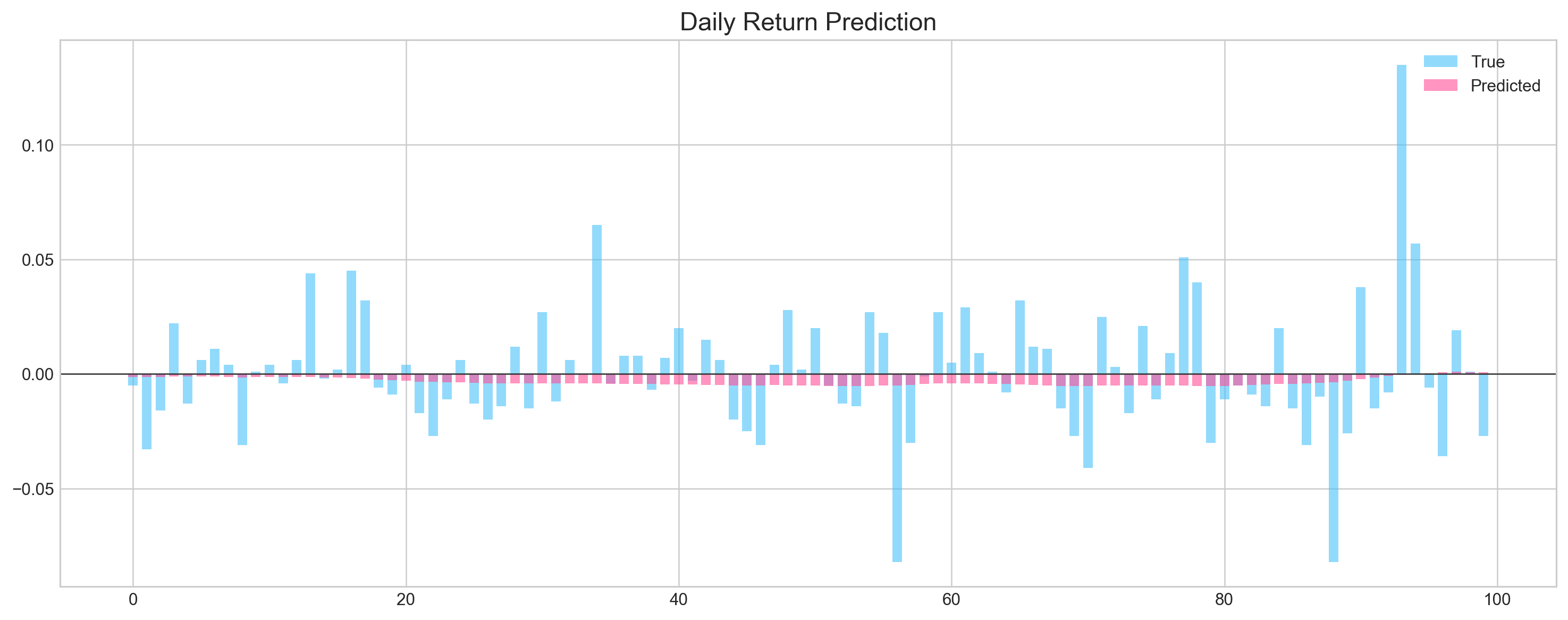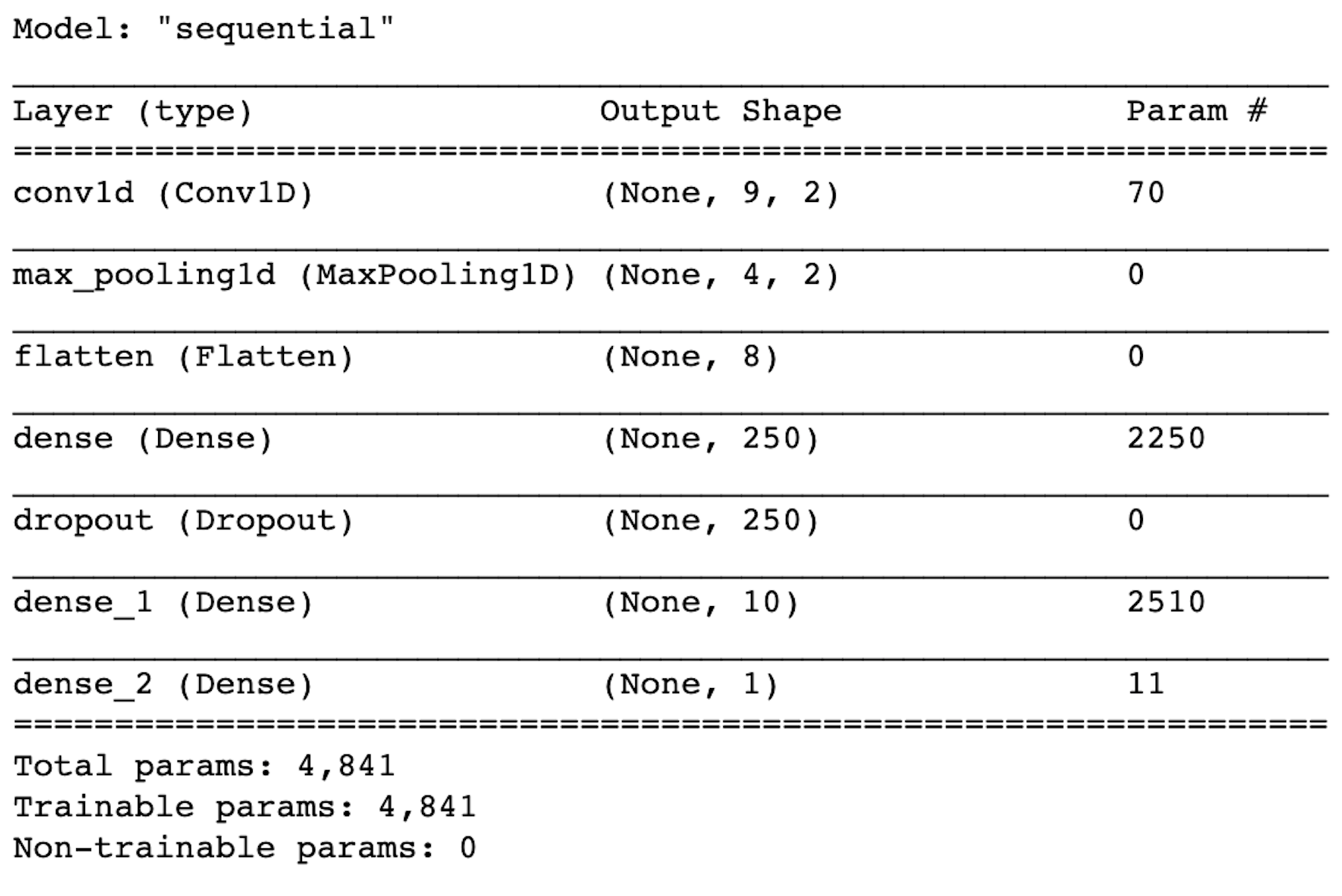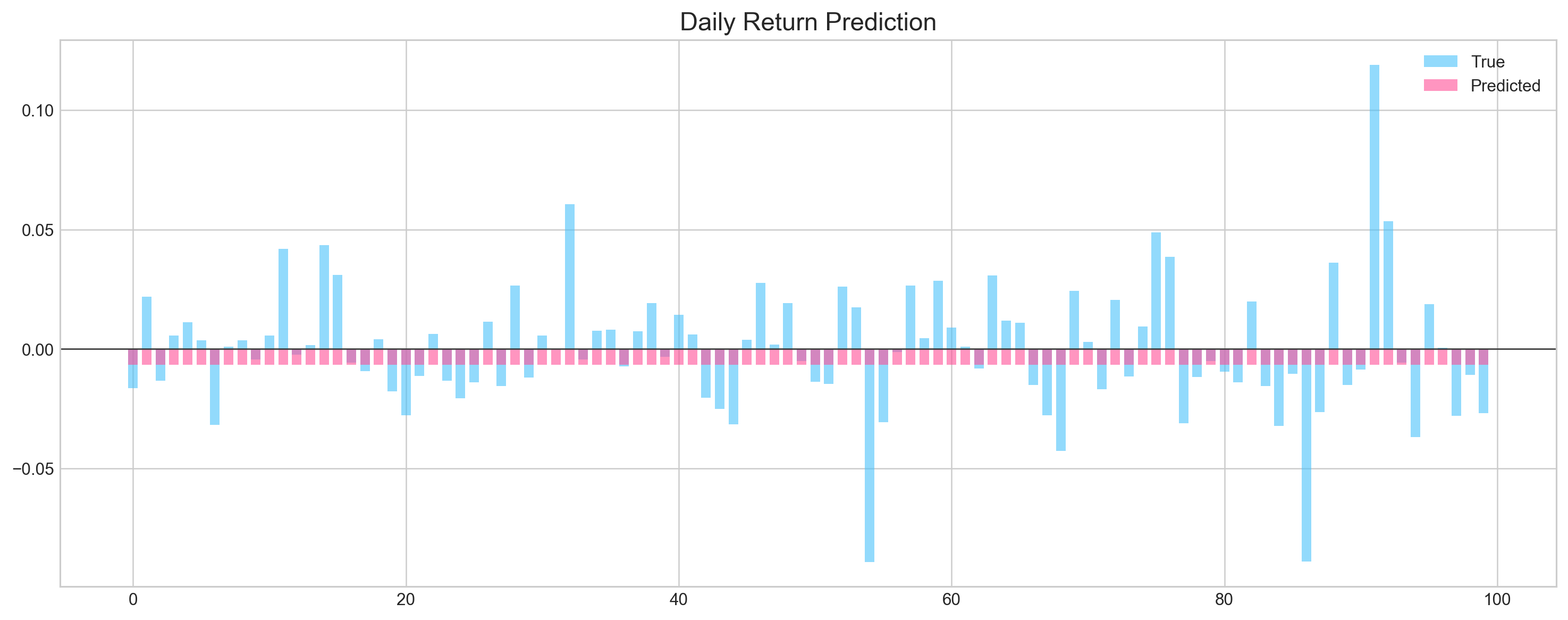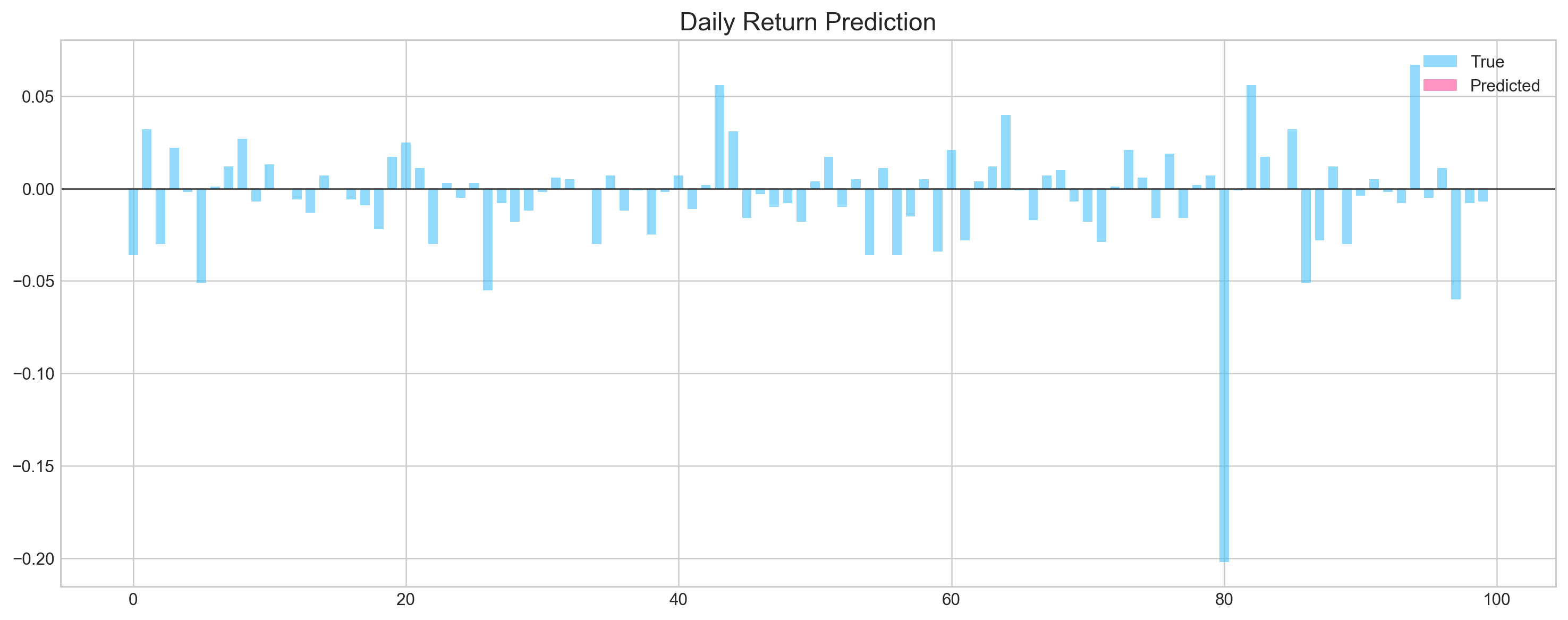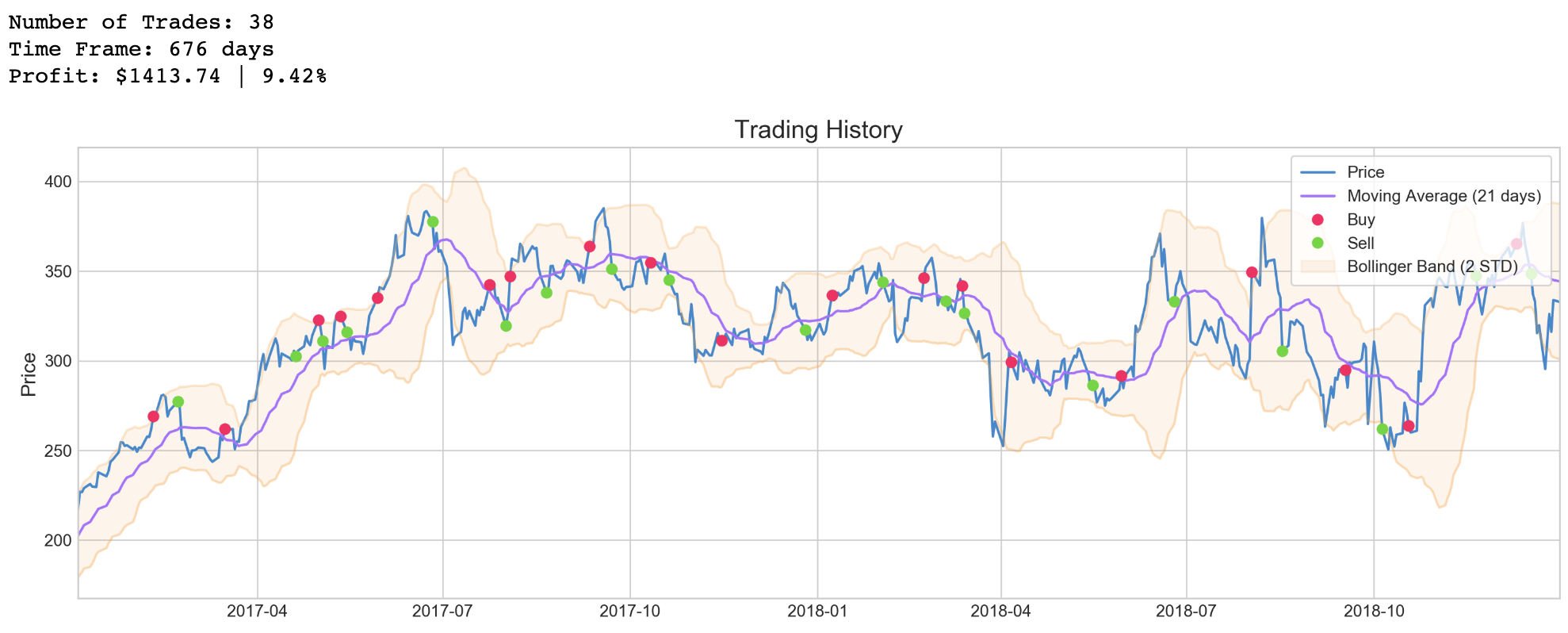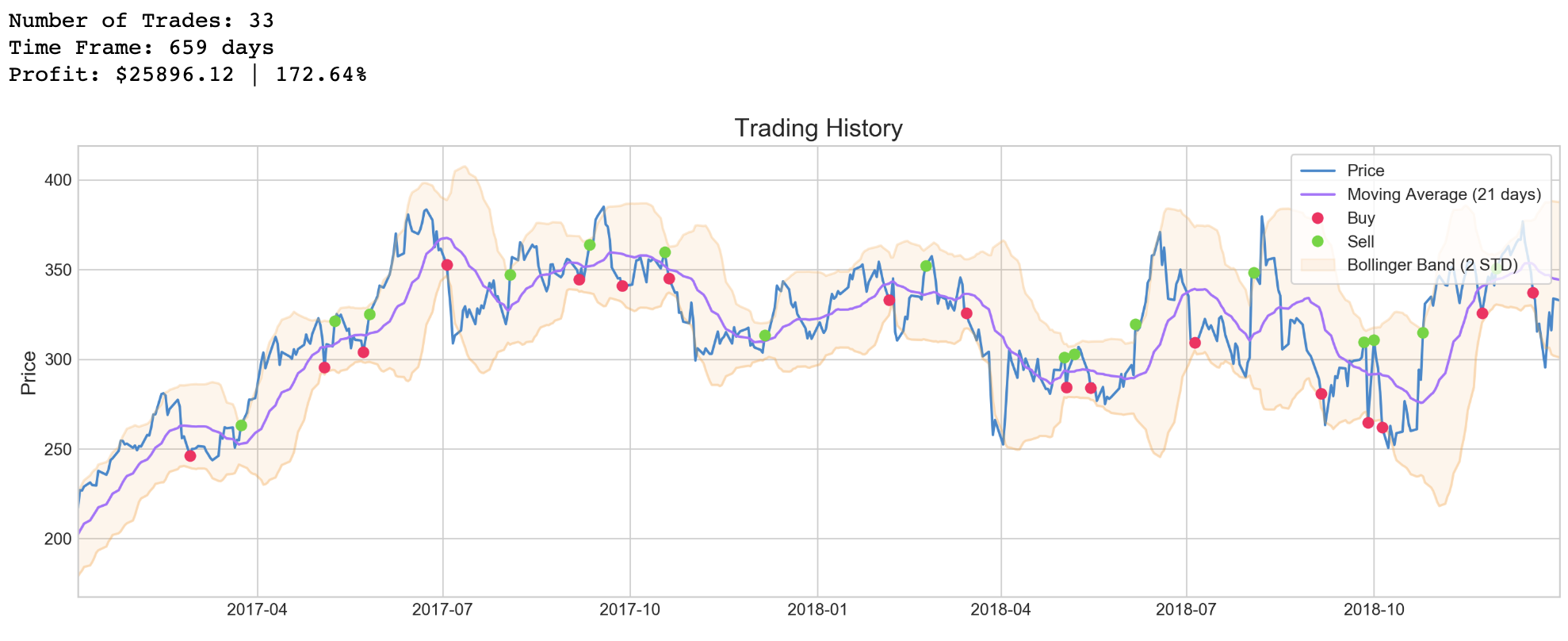Please fill out:
- Student name: Arseniy Tyurin
- Student pace: self paced
- Scheduled project review date/time: 11/11/19, 5:00PM (GMT-5)
- Instructor name: Eli Thomas
- Blog post URL: Machine Learning for Day Trading
Day trading is speculation in securities, specifically buying and selling financial instruments within the same trading day, such that all positions are closed before the market closes for the trading day. Traders who trade in this capacity with the motive of profit are therefore speculators.
The project is broken down into 3 sections. All the steps described here For detailed information please refer to separate file.
- Intrinsic value (estimated by future dividends)
- Book value (assets of the company owns)
- Market value (stock on the market)
- Individual indicators weak
- Combinations stronger
- Look for contrasts (stock vs market)
- Shorter time periods
- Short periods of time (from milliseconds to days)
- Backtesting
The efficient-market hypothesis (EMH) is a hypothesis in financial economics that states that asset prices reflect all available information. A direct implication is that it is impossible to "beat the market" consistently on a risk-adjusted basis since market prices should only react to new information.
- Large number of investors
- New information arrives randomly
- Prices adjust quickly
- Prices reflect all available information
- Price/volume
- Fundamental
- Exogenous (information about the world that affects stock price)
- Company insiders
- fundamental (price is below its value)
- technical:
- historical data and volume only
- compute statistics called indicators (momentum, simple moving average, bollinger bands)
- indicators are heuristics
Data was downloaded from Yahoo Finance via pandas datareader
Data provides daily information about stock price and volume.
- Moving Average (lagging) analyze whether a market is moving up, down, or sideways over time.
- Bollinger Bands (lagging) measure how far a price swing will stretch before a counter impulse triggers a retracement.
- Relative strength indicators (leading) measure oscillations in buying and selling pressure.
- MACD (leading) evaluate the speed of price change over time.
- Volume indicators (leading or lagging) tally up trades and quantify whether bulls or bear are in control.
Baseline models is a benchmark for evaluation of more complex models. Baseline model predict next day stock return
Accuracy 50%
- ARIMA model can't surpass baseline model accuracy due to the historical data stochastic behaviour.
- Convolutional model prone to overfitting, resulting on very good accuracy on training set, and extremely poor accuracy on testing set.
- Recurrent (LSTM) neural network can't learn from training data, averaging on 50% accuracy both on training and testing data
- Bayesian optimization didn't improve accuracy of convolutional network
- Neural Network architecture and complexity doesn't affect results of the model performance
- Predictions based on matching patterns from testing data with patterns from testing didn't surpass 50% accuracy
- Q-Learning showed good results for short term investment, especially Bollinger Bands
- Incorporate fundamental analysis with historical data
- Add recommendations from trading platforms
- Use twitter as a supplement to news data
- Expand analysis to stock from different industries
- Add more rules to swing trading strategy with technical indicators
